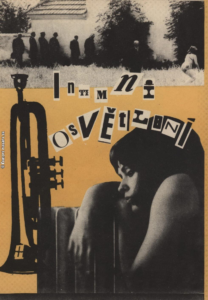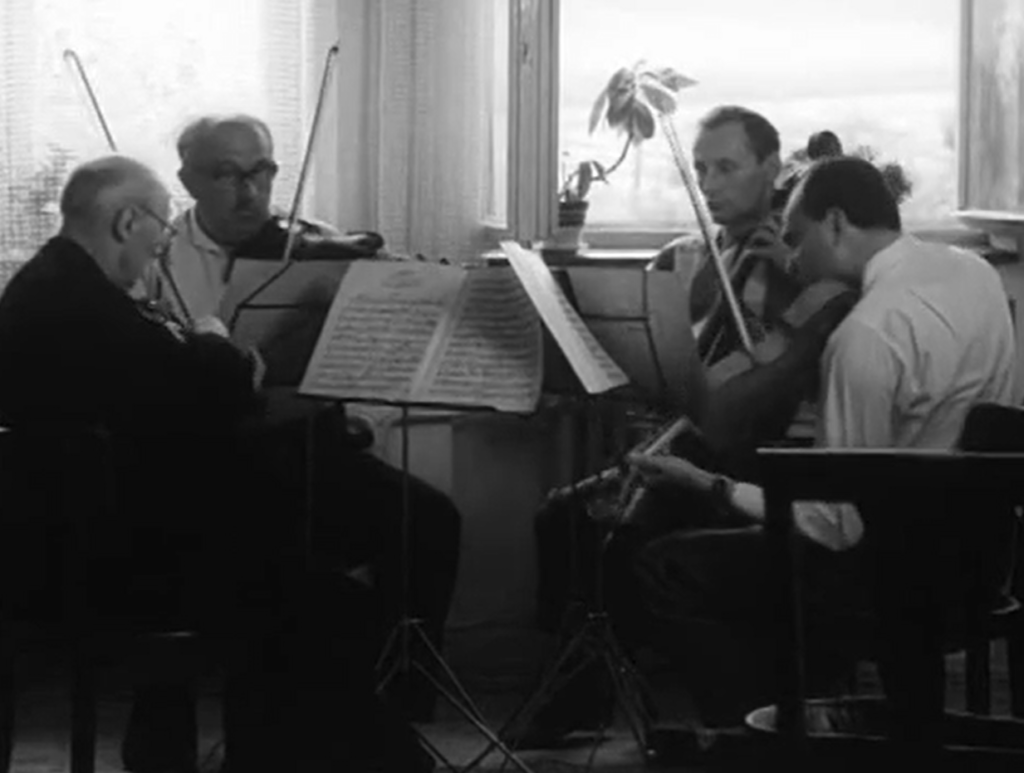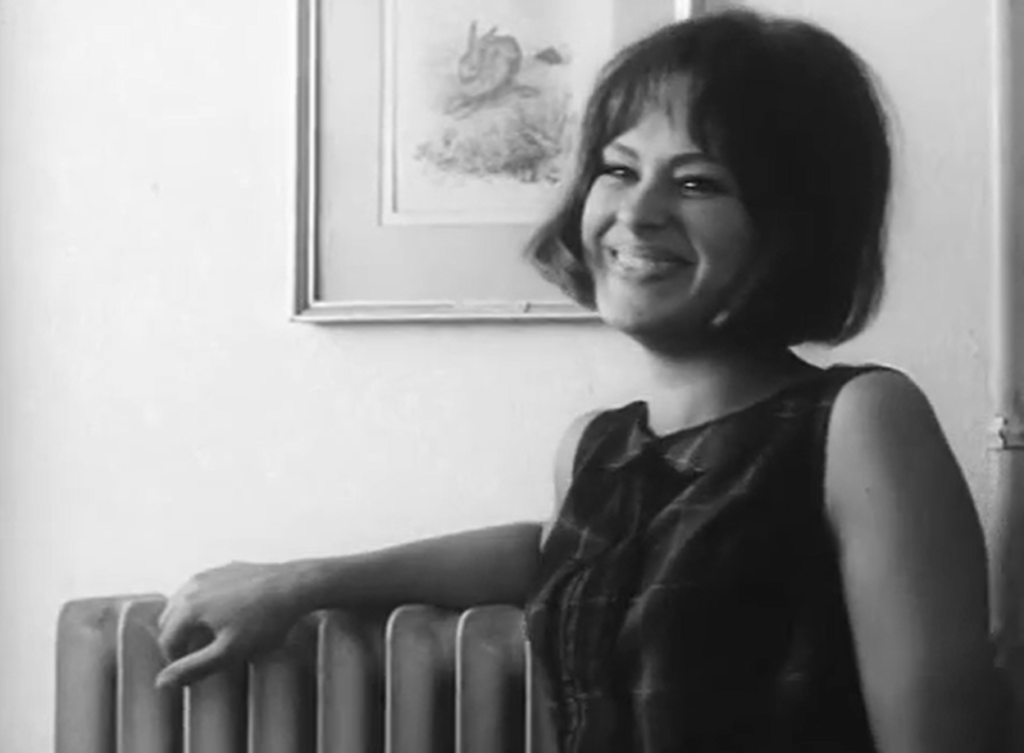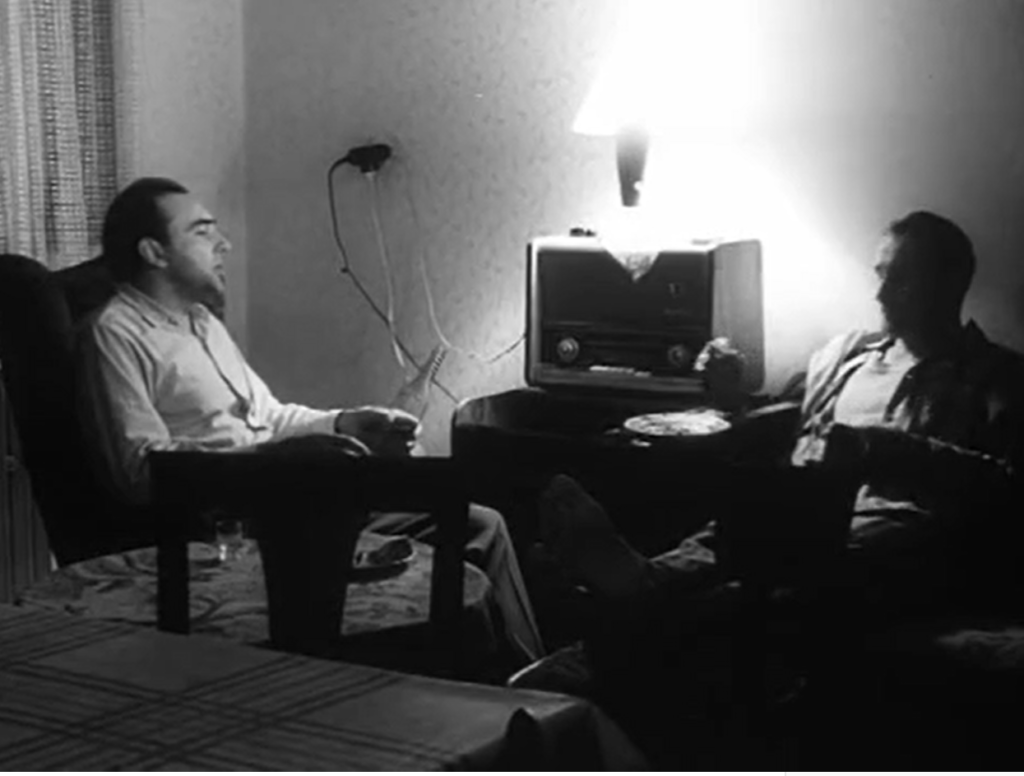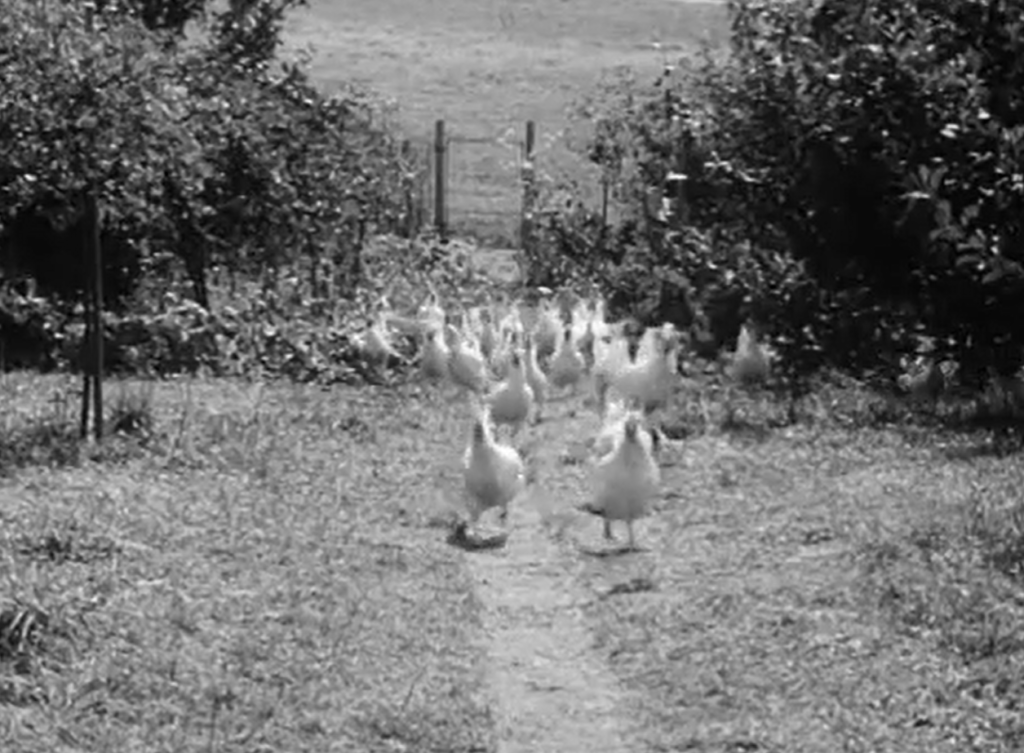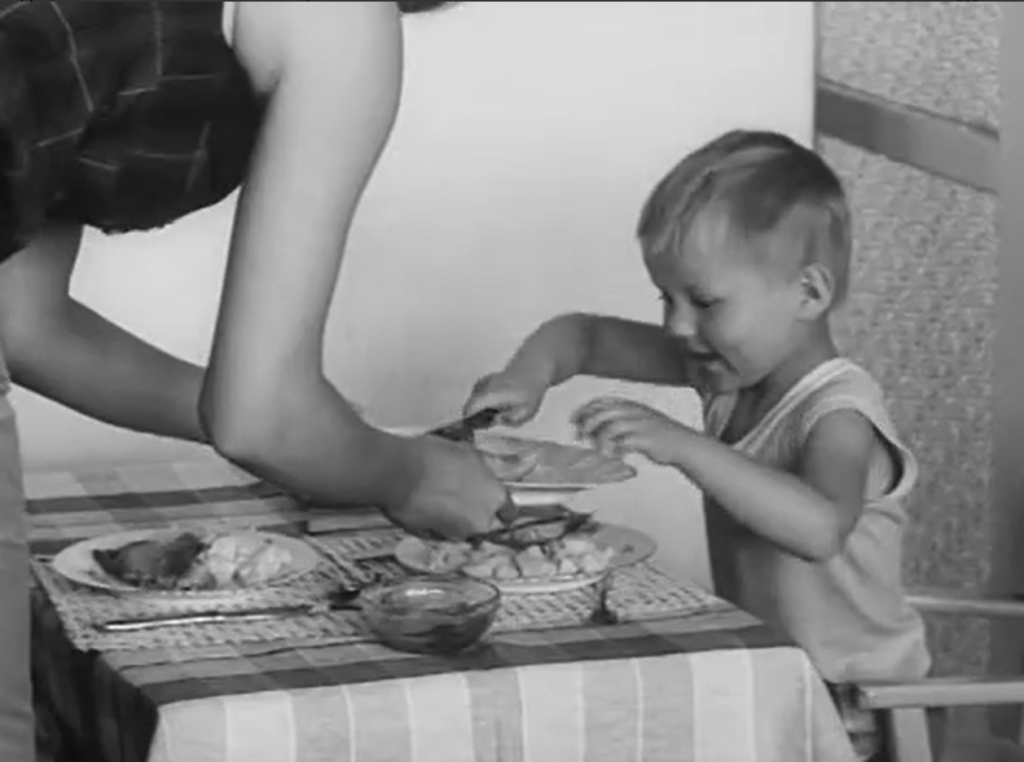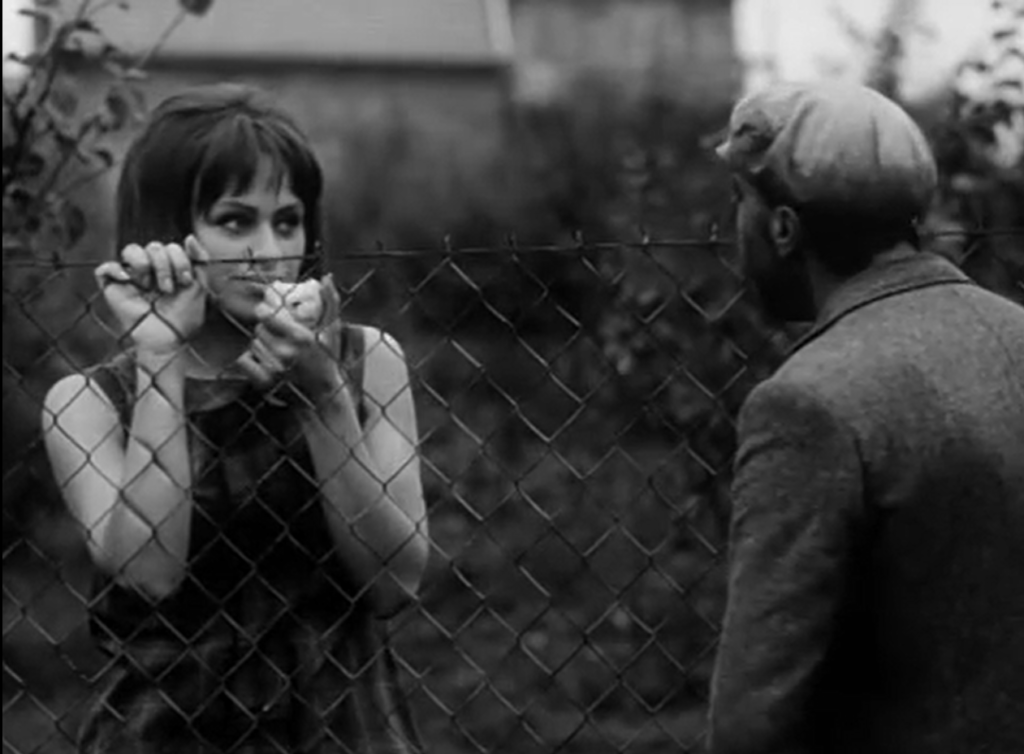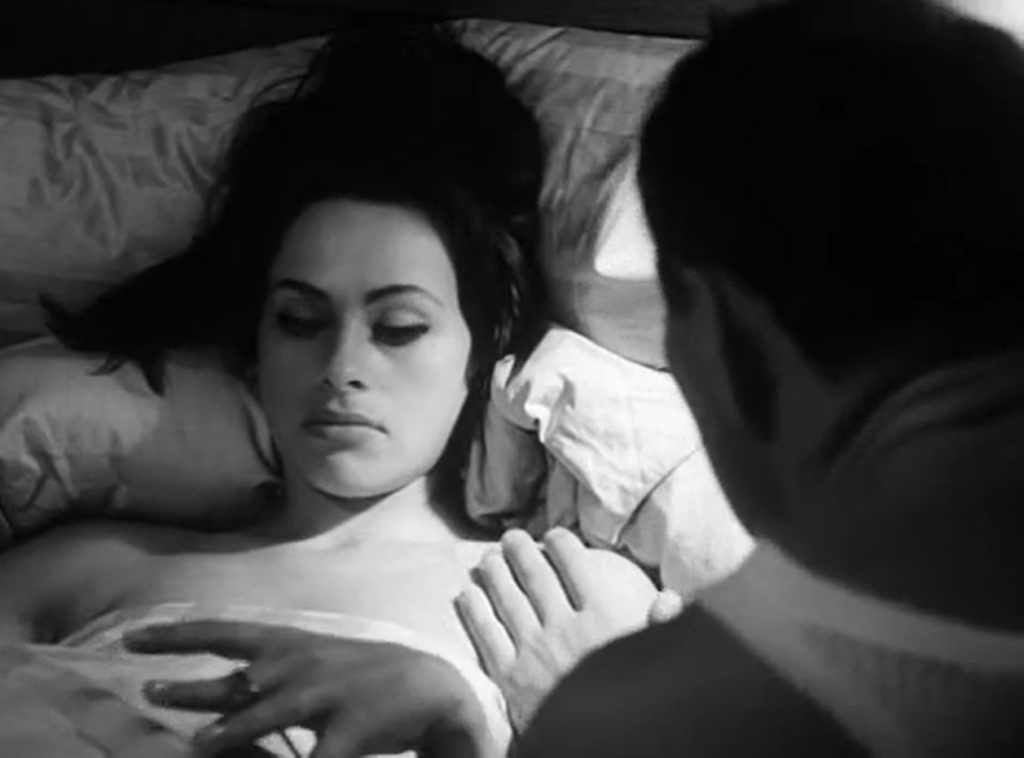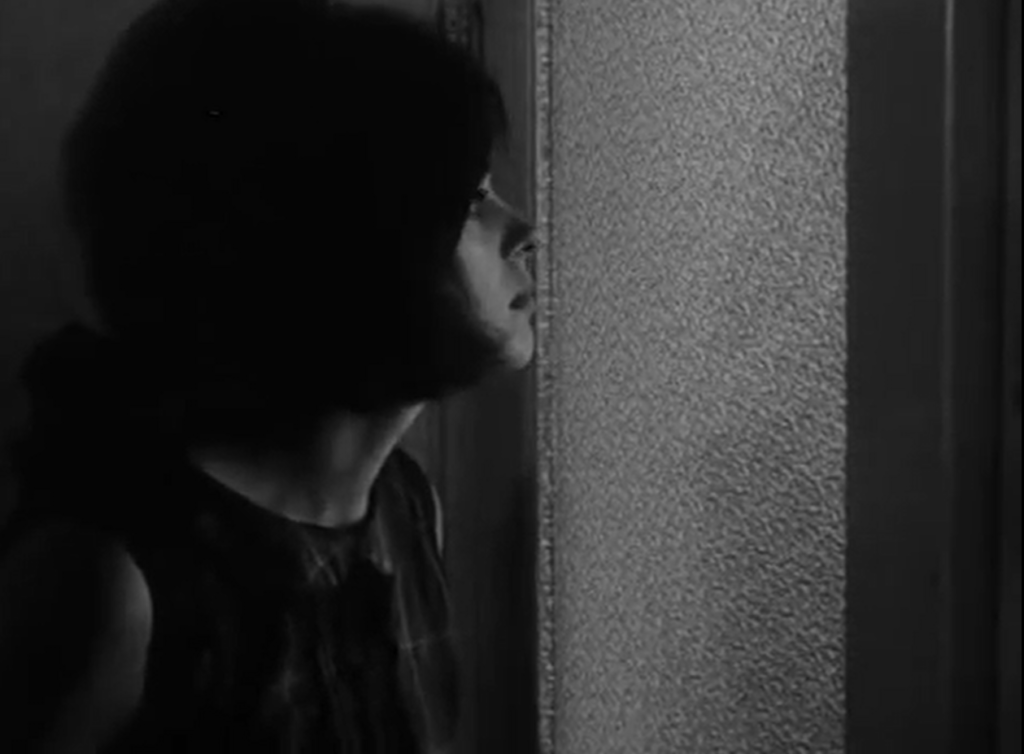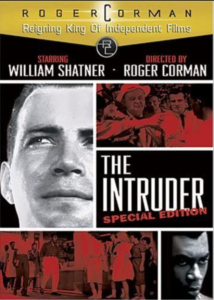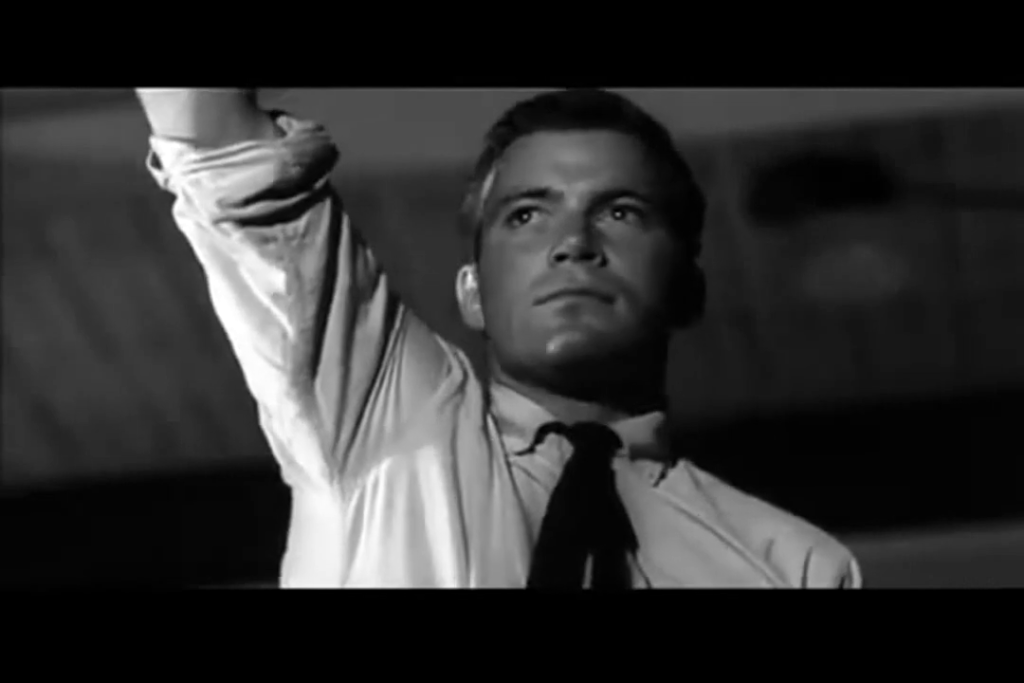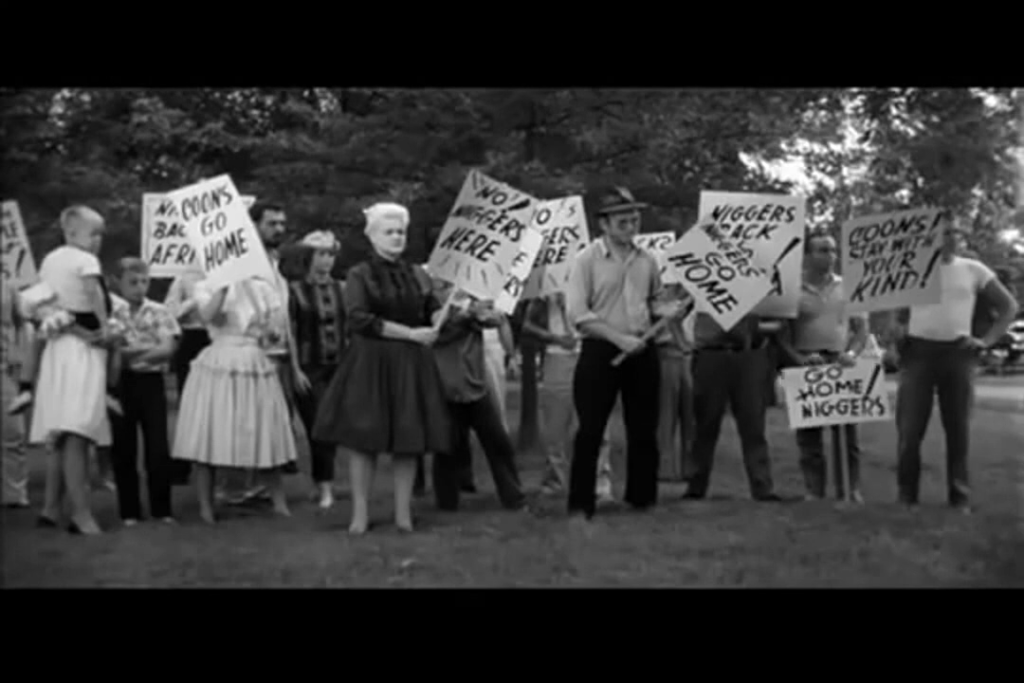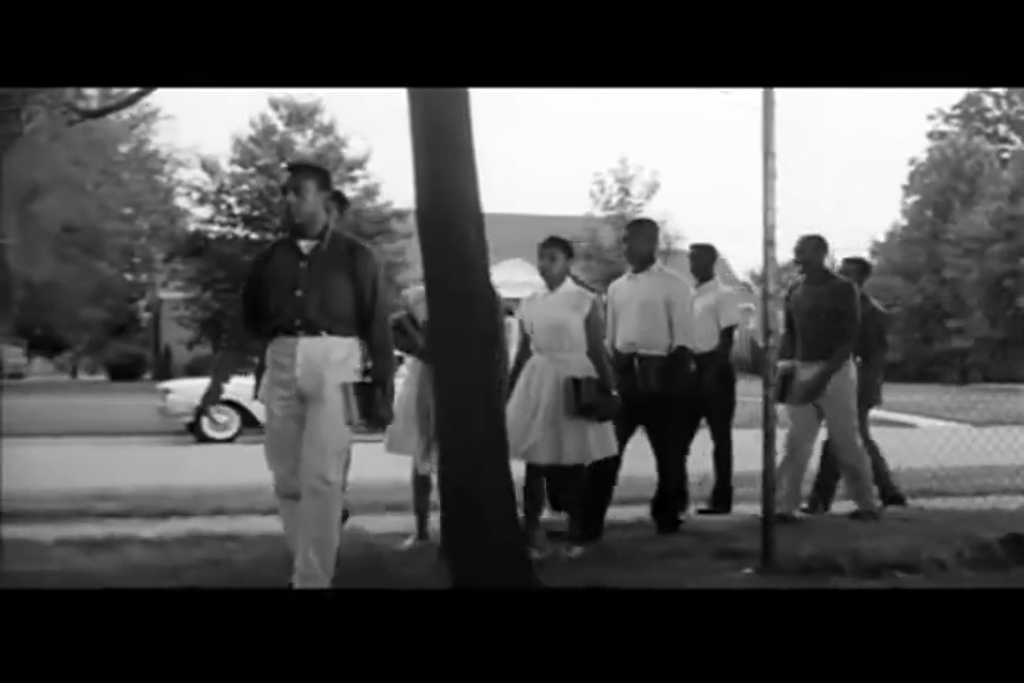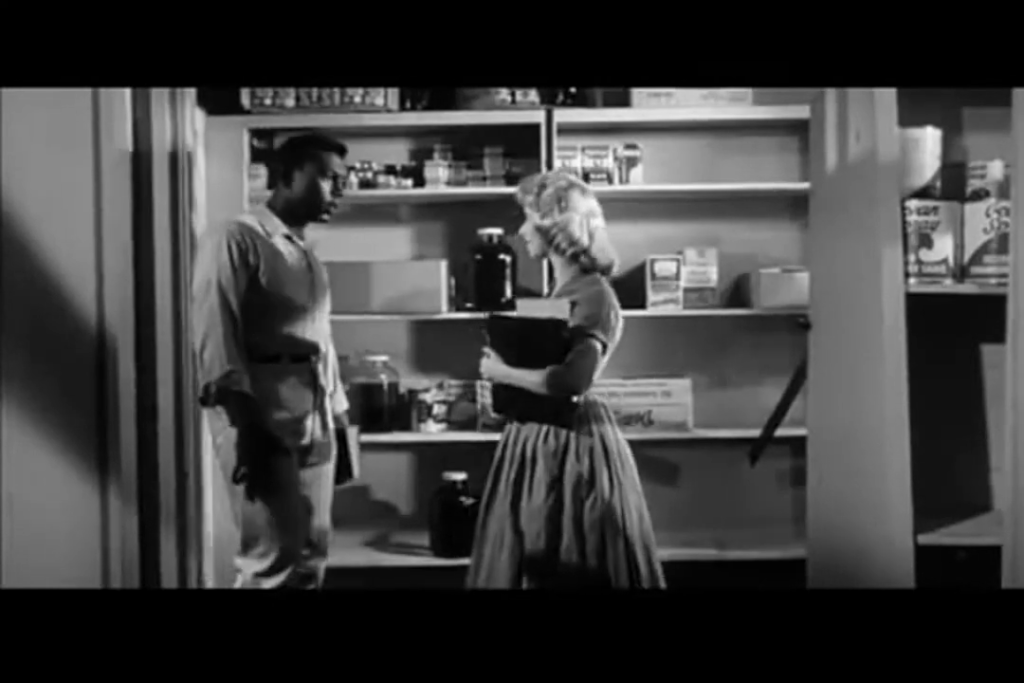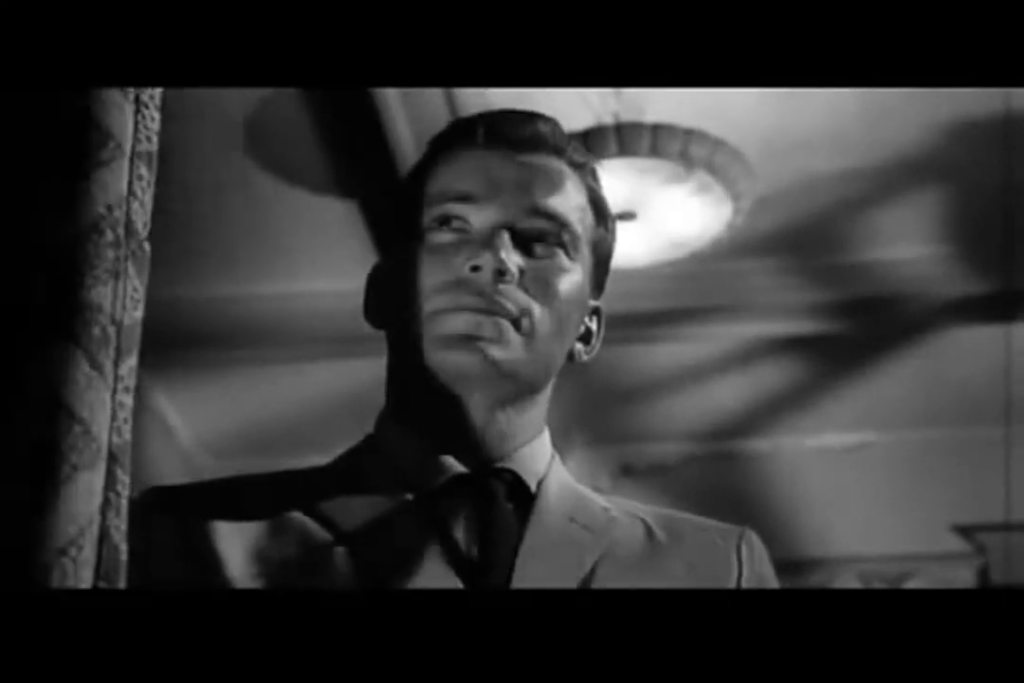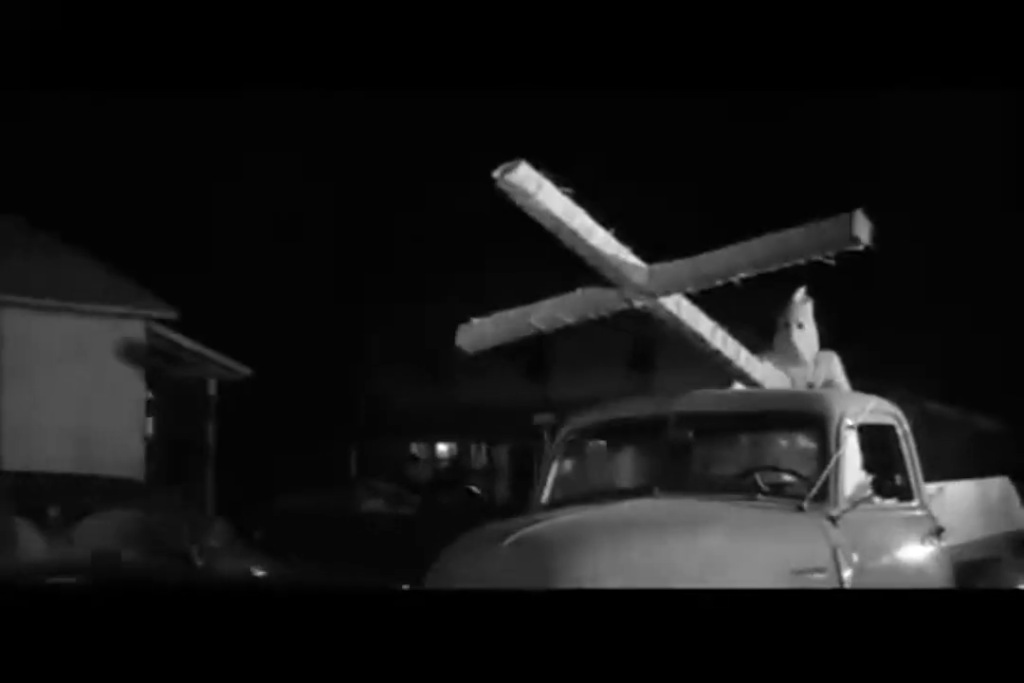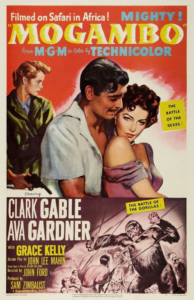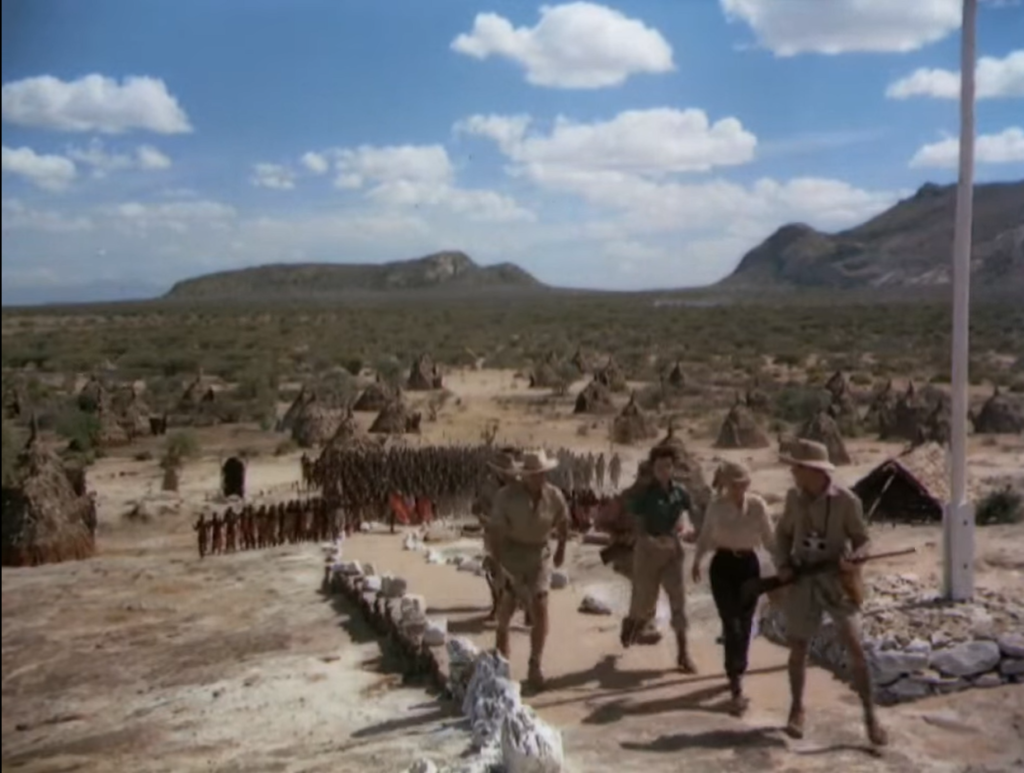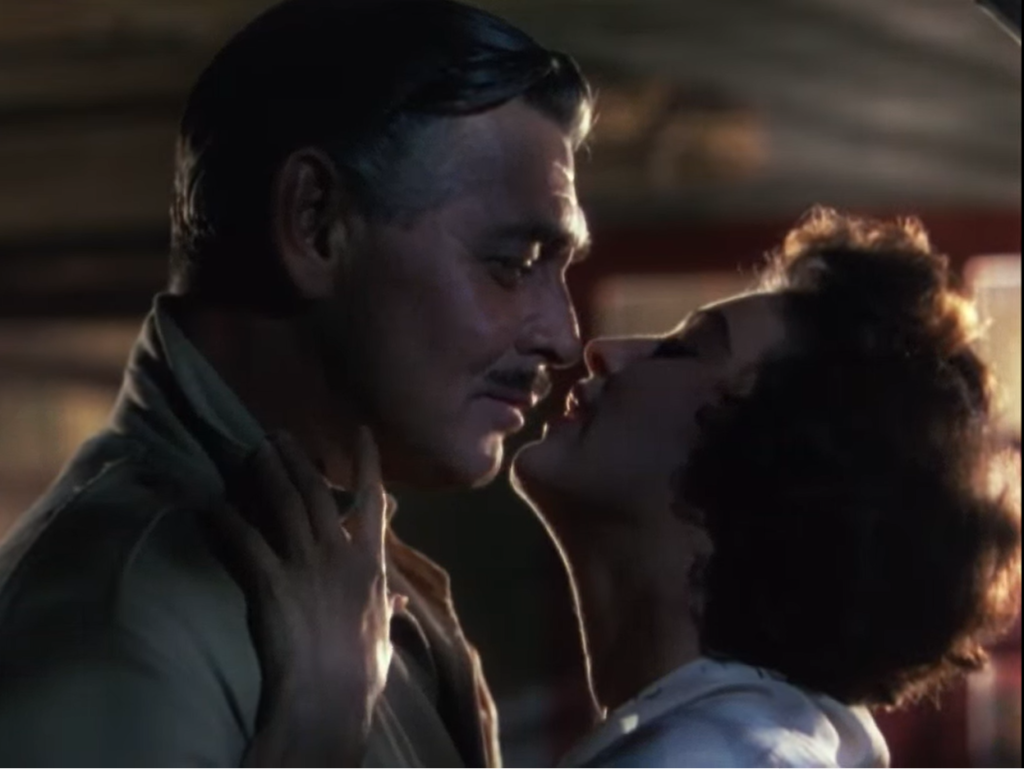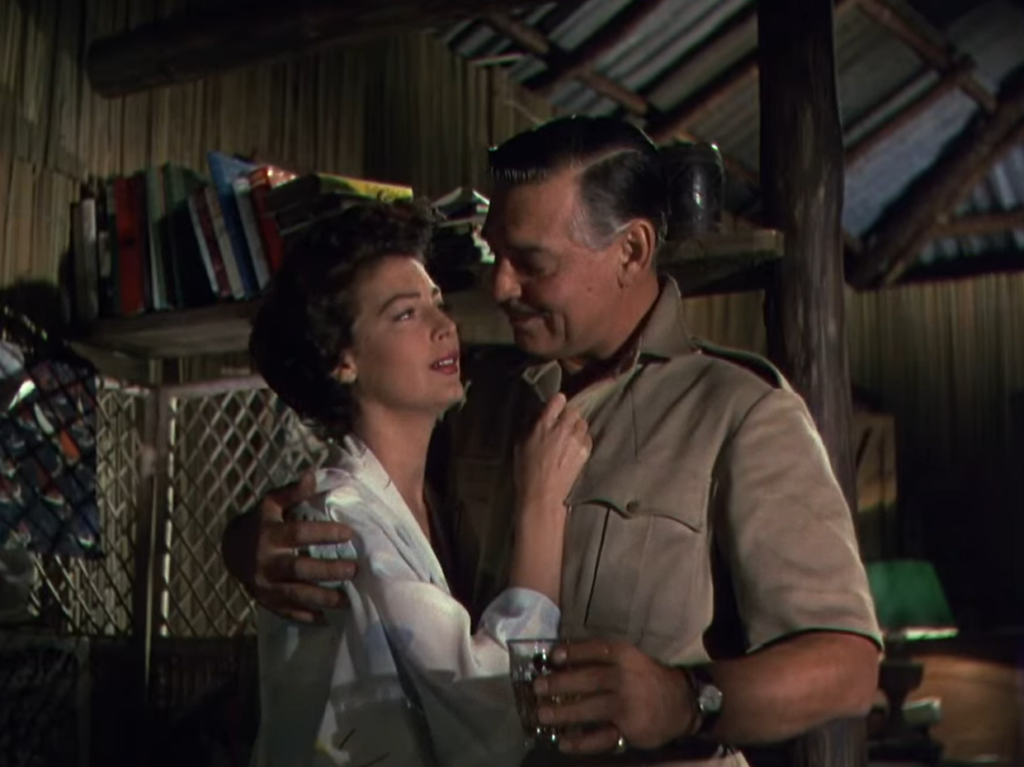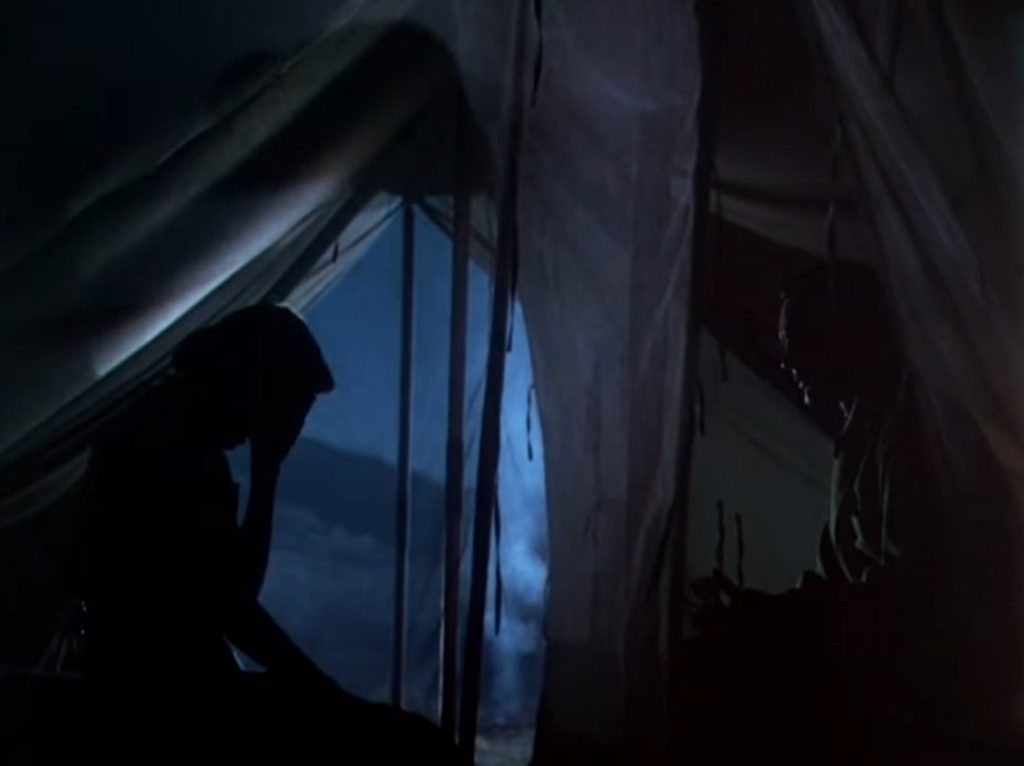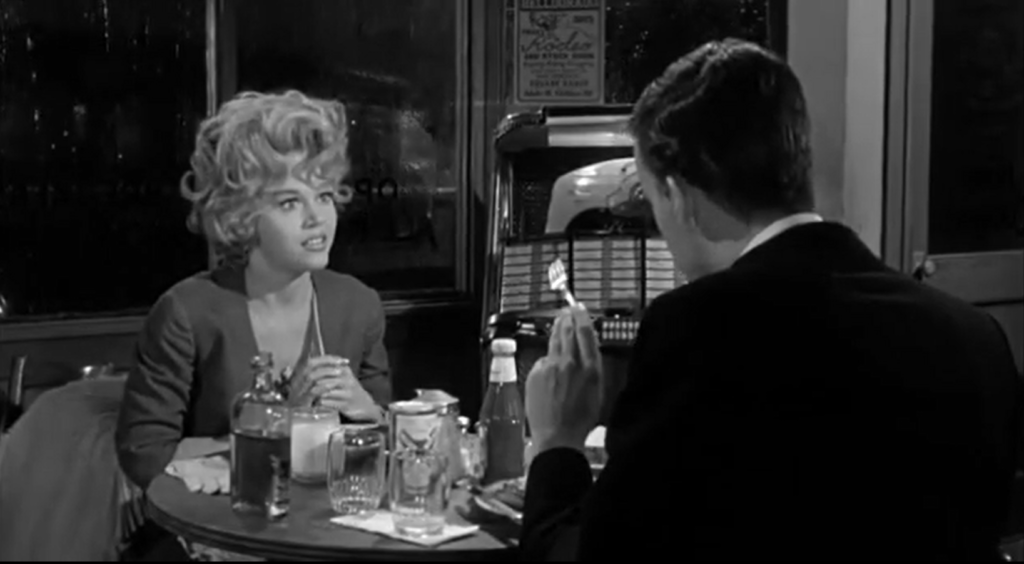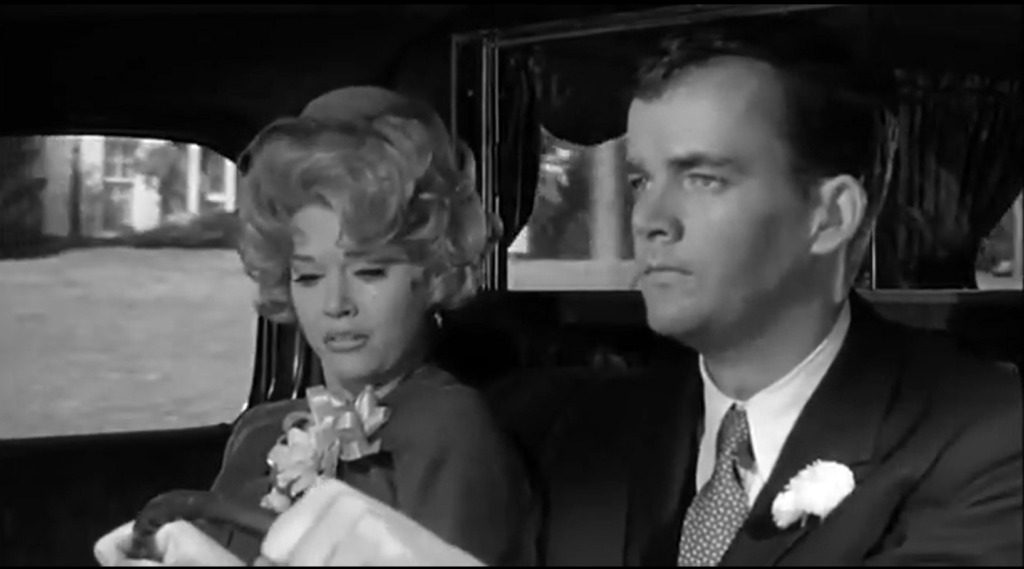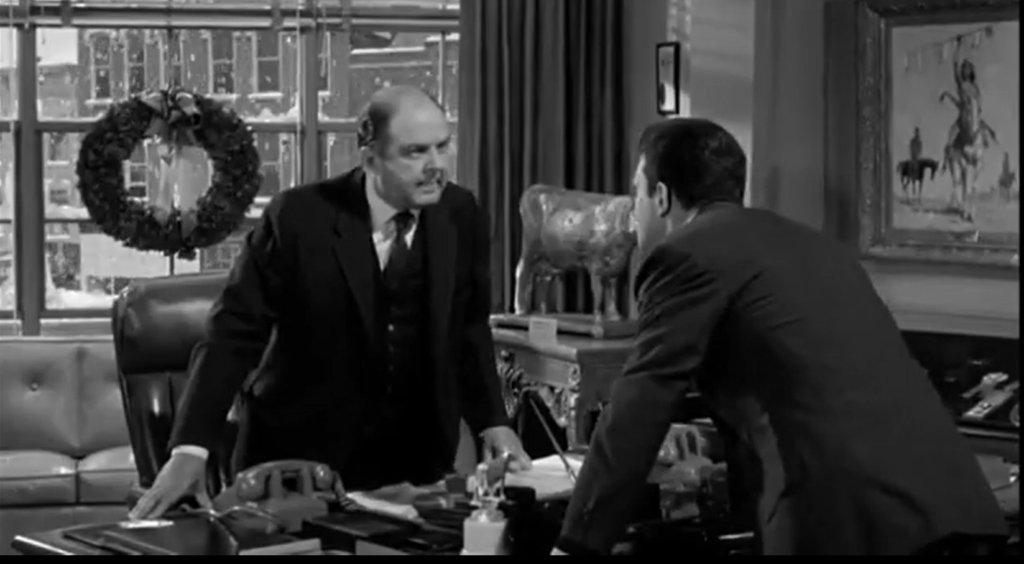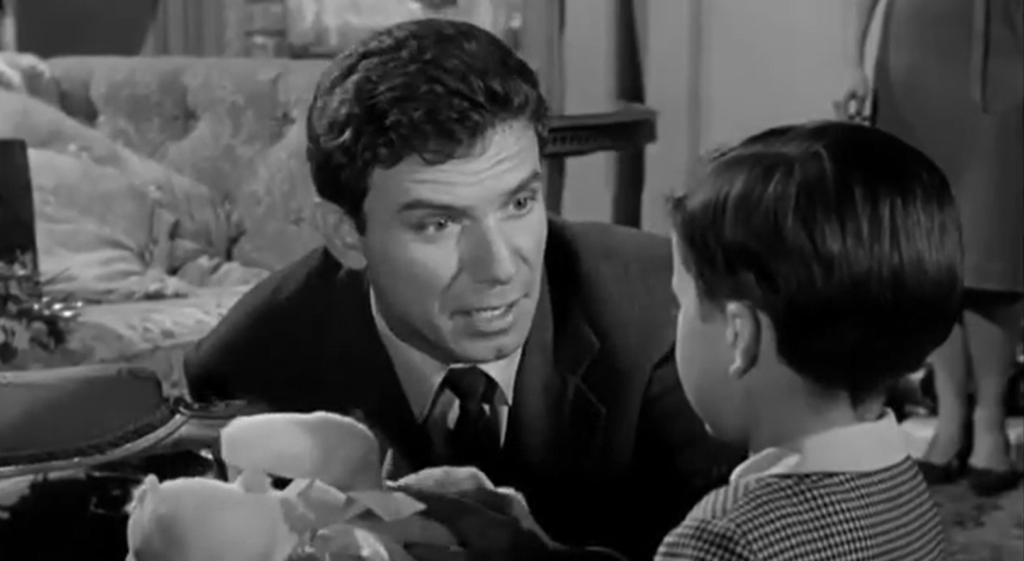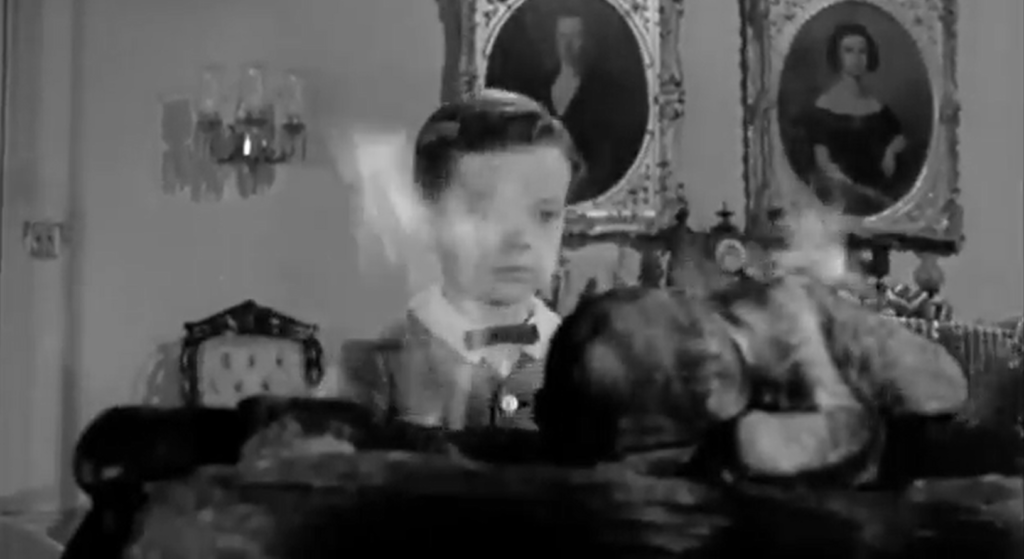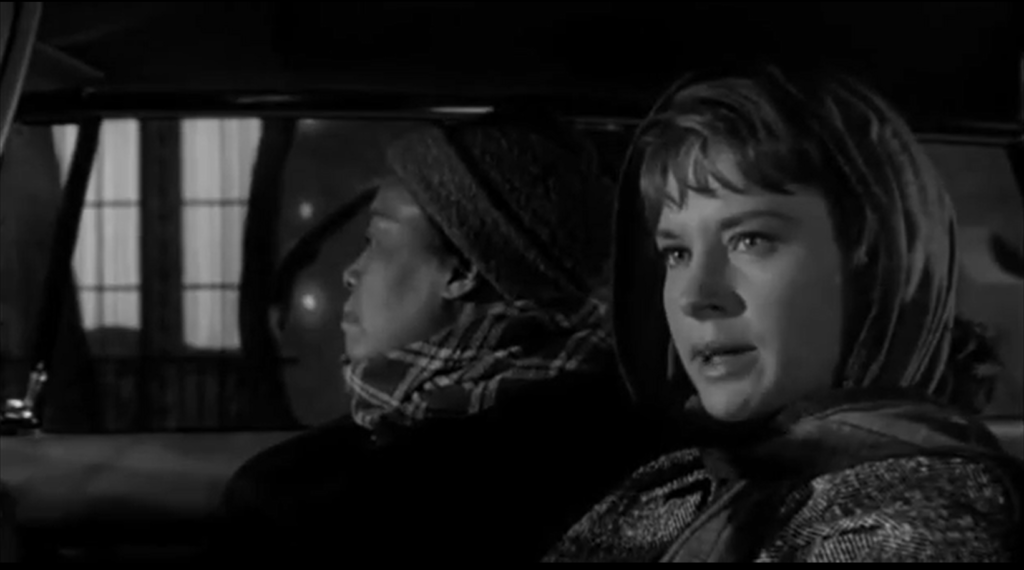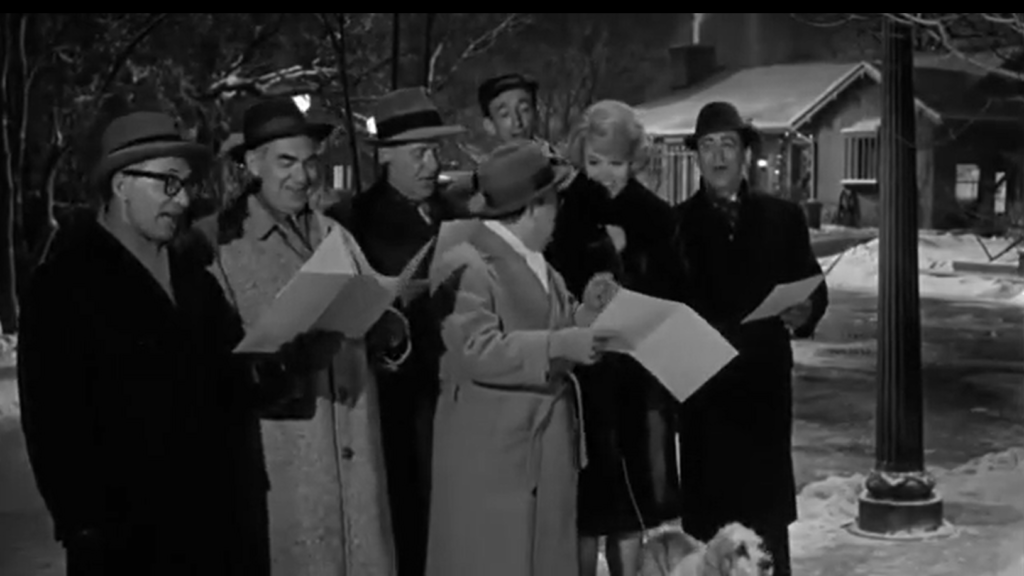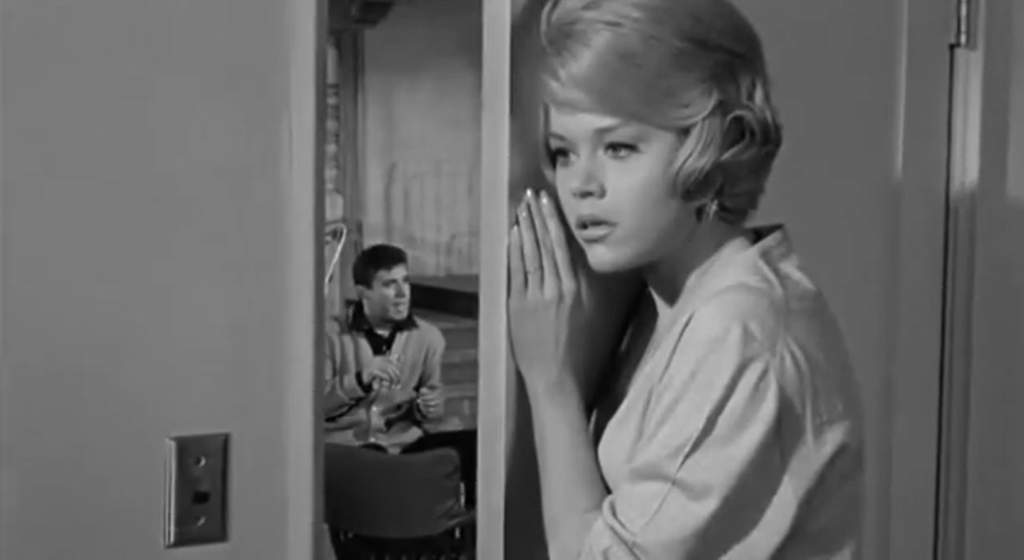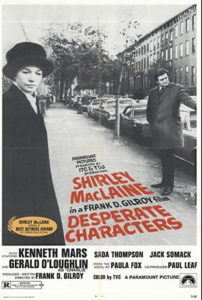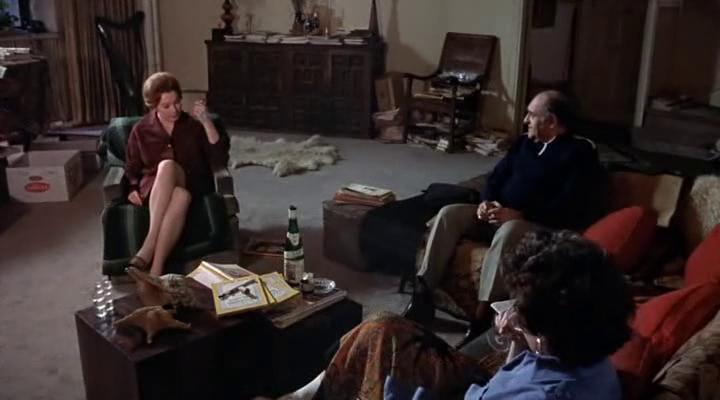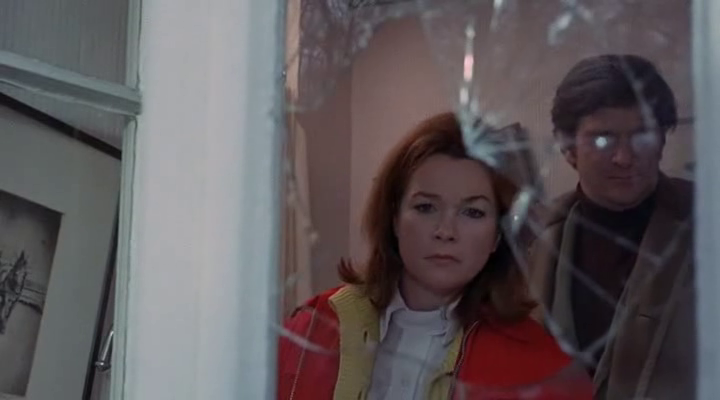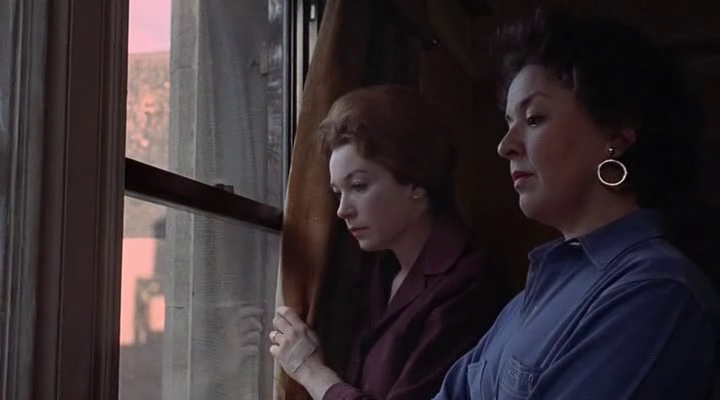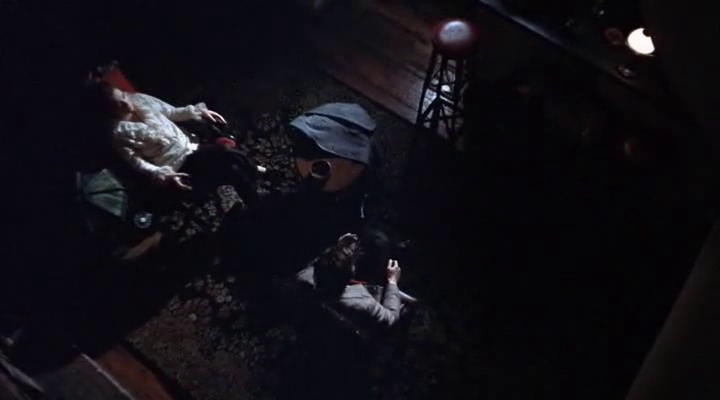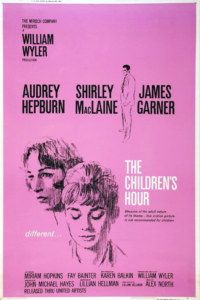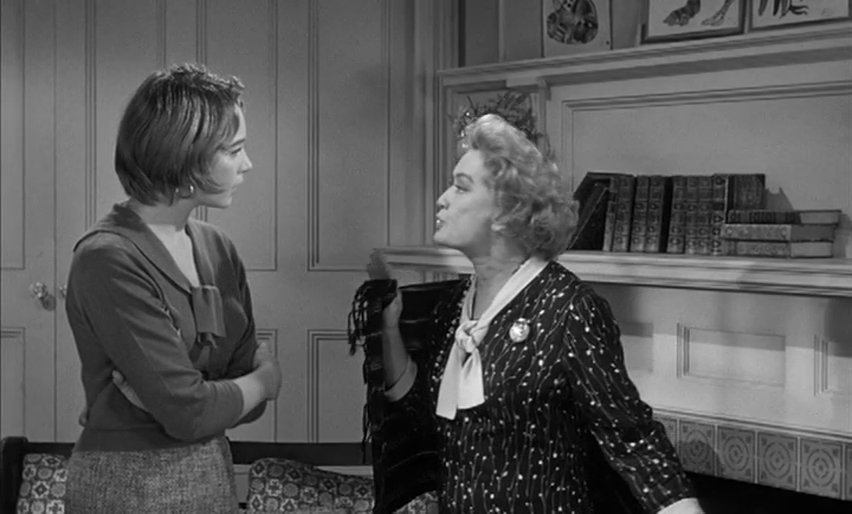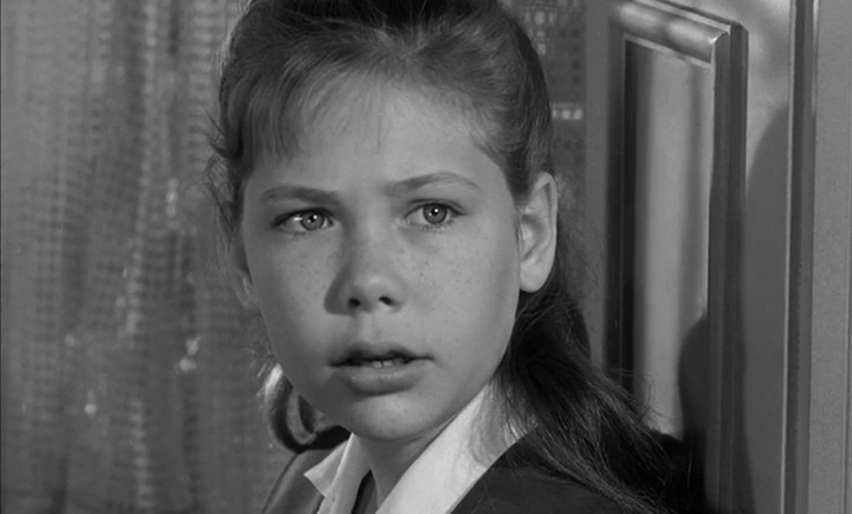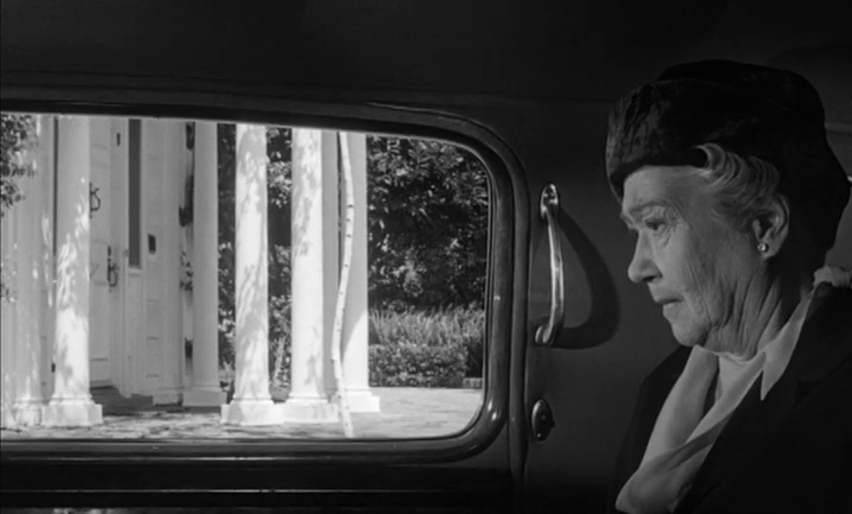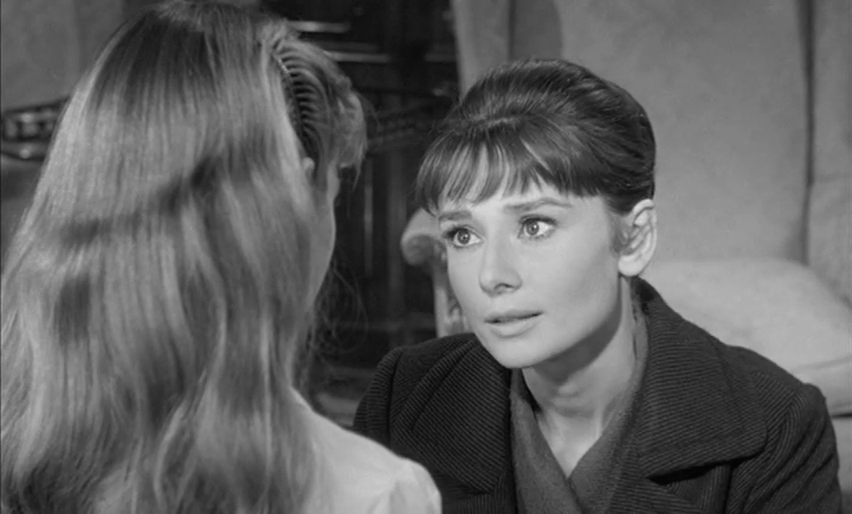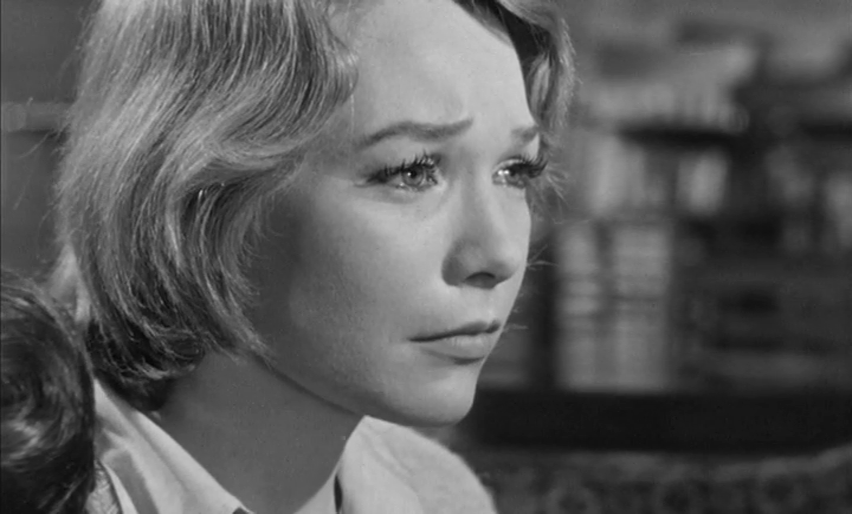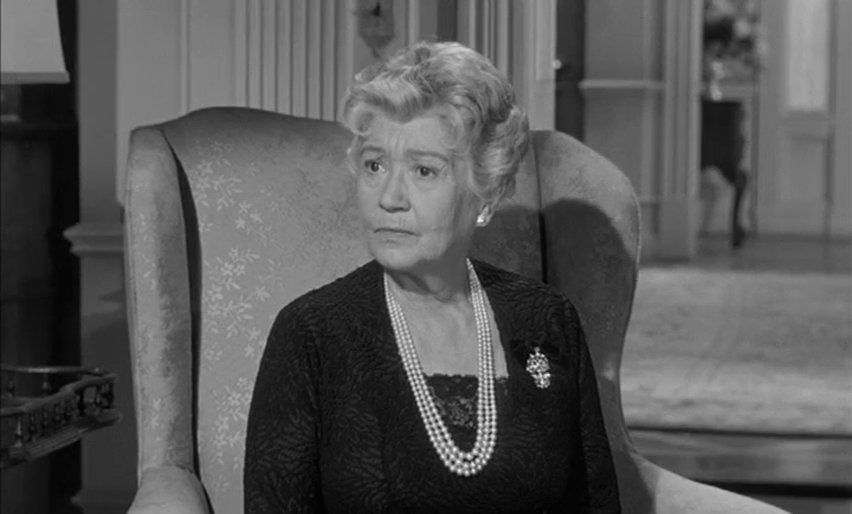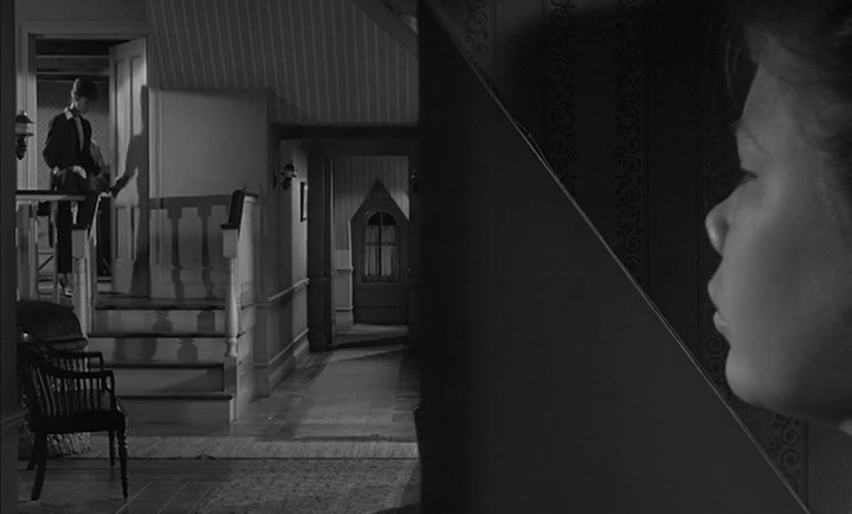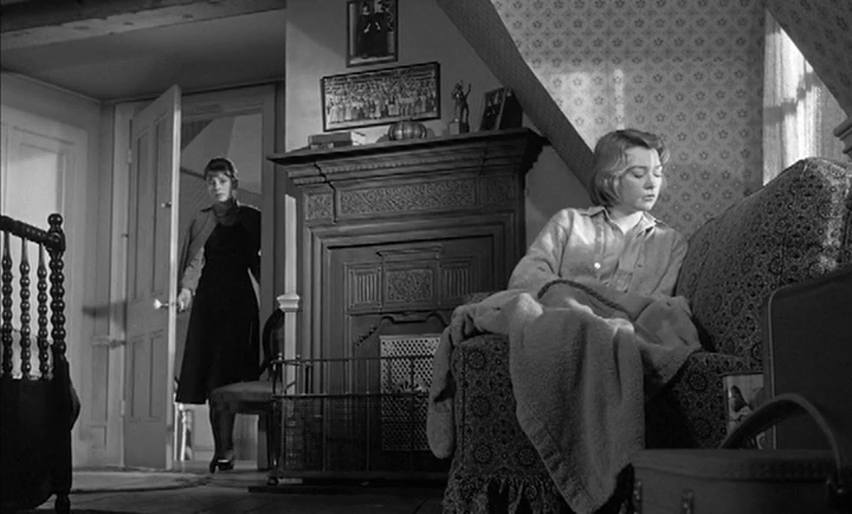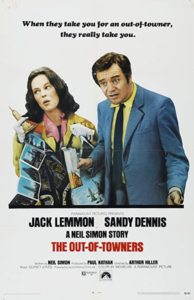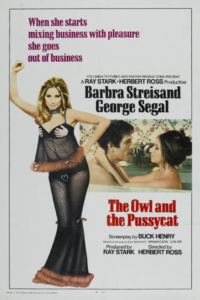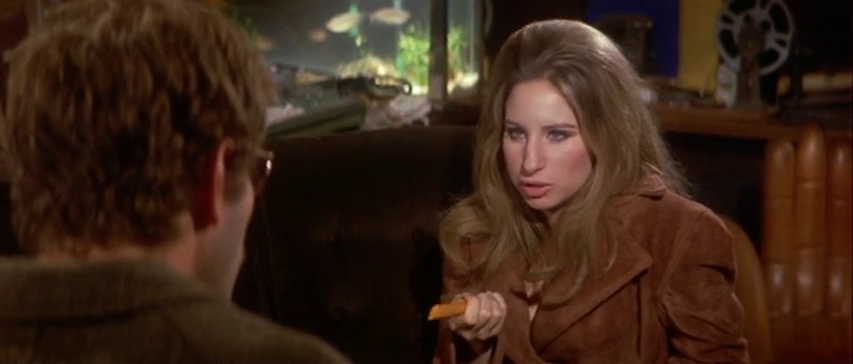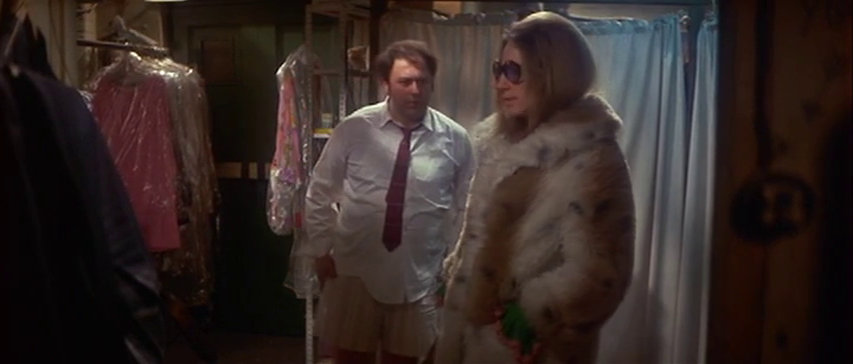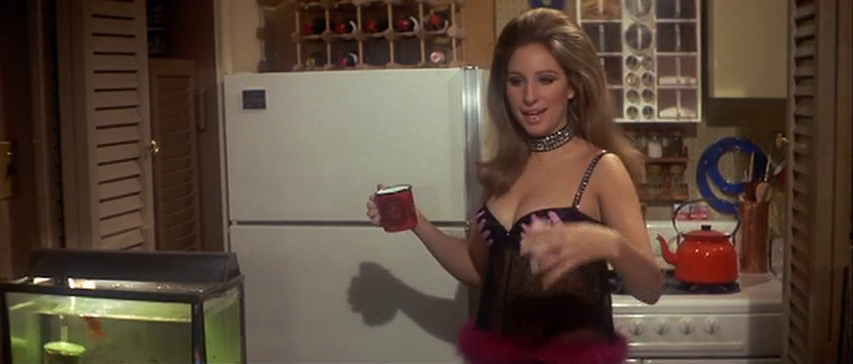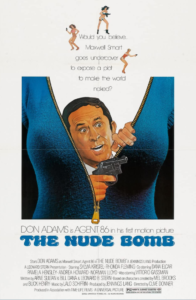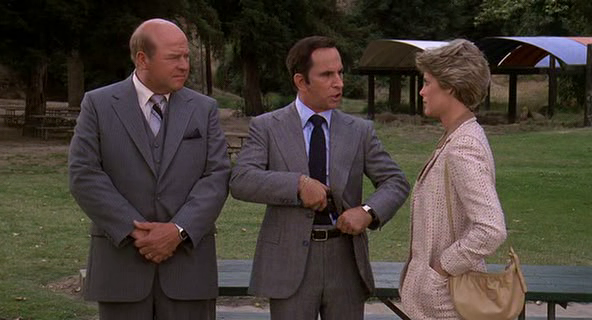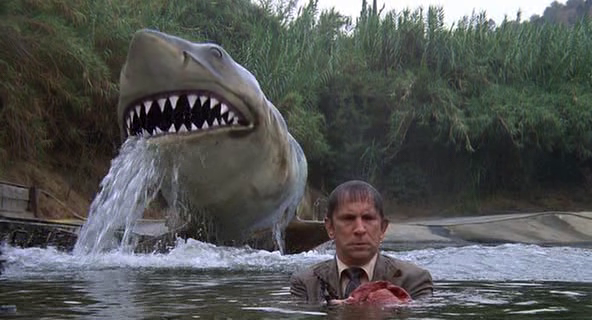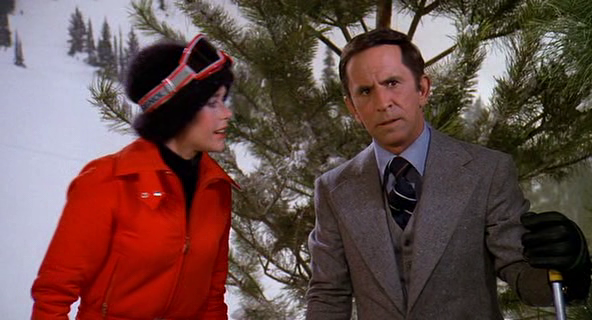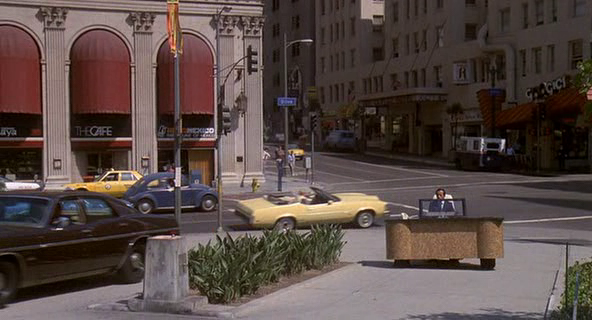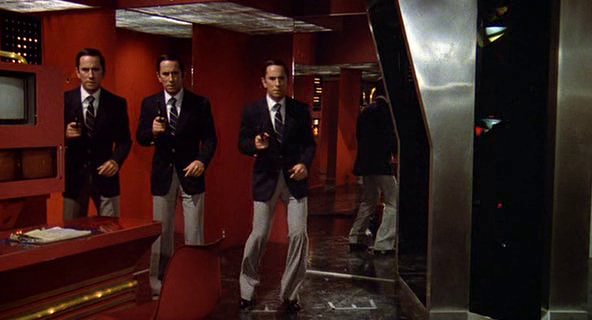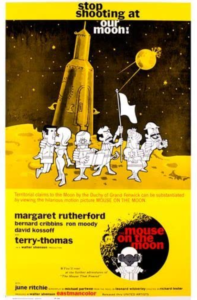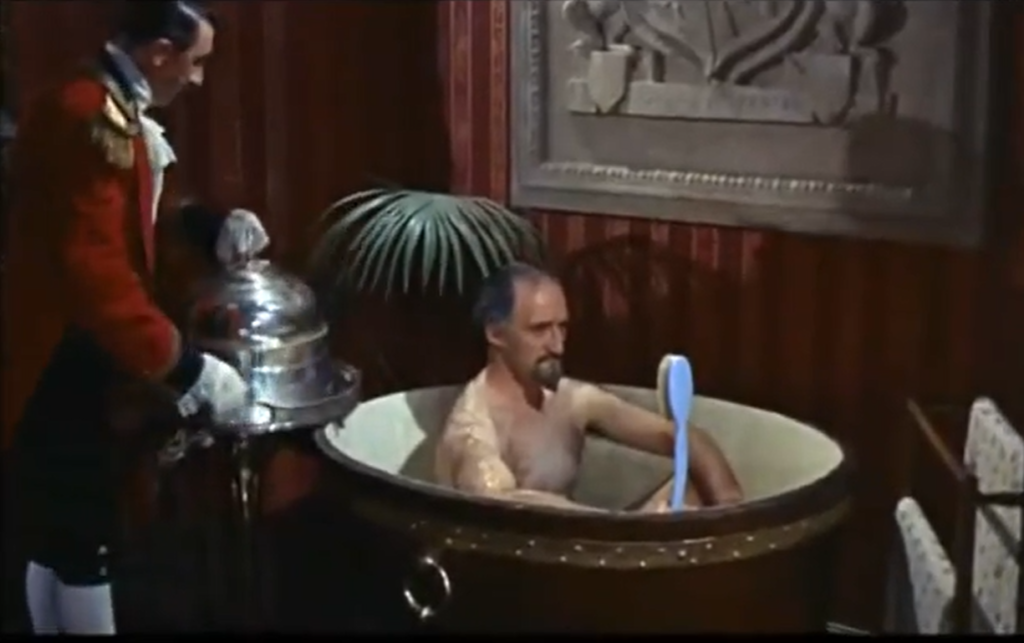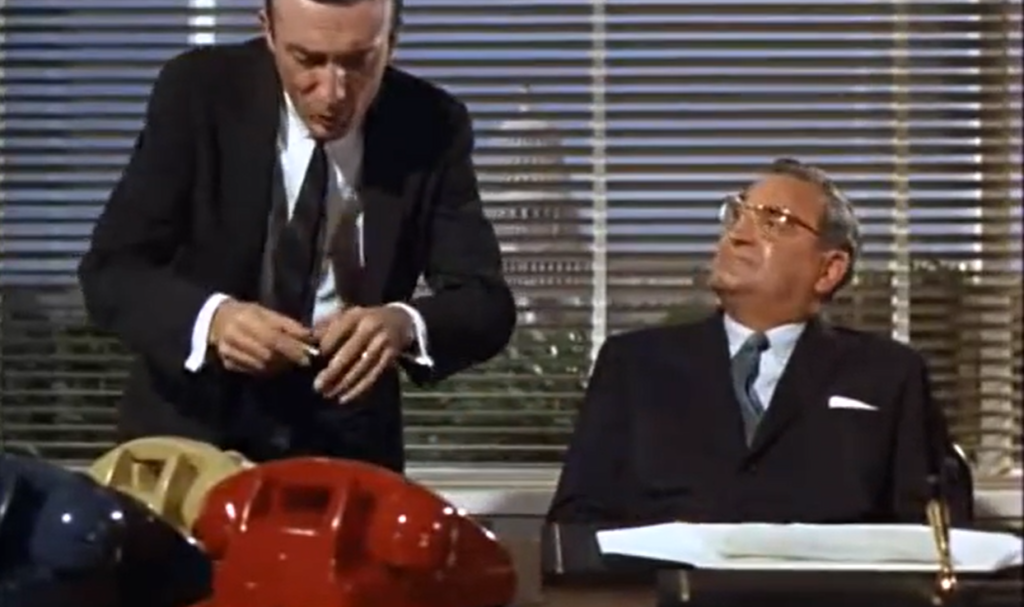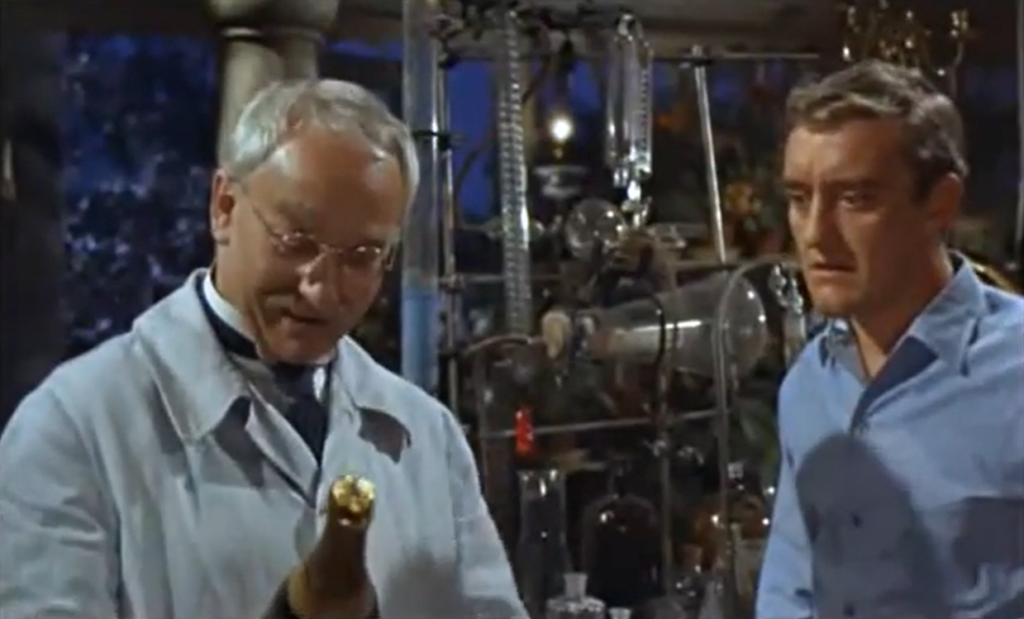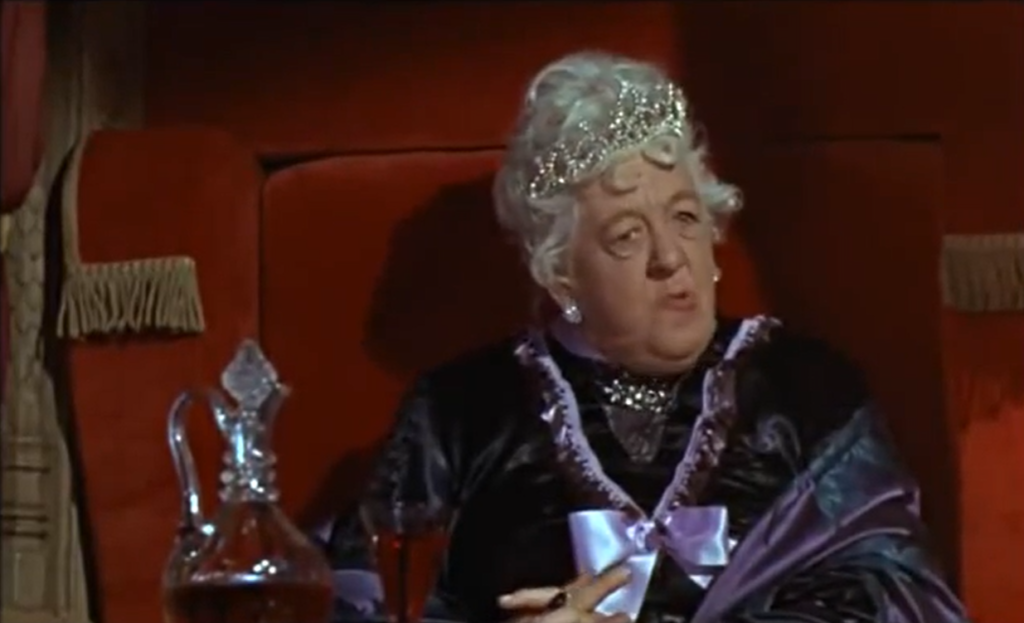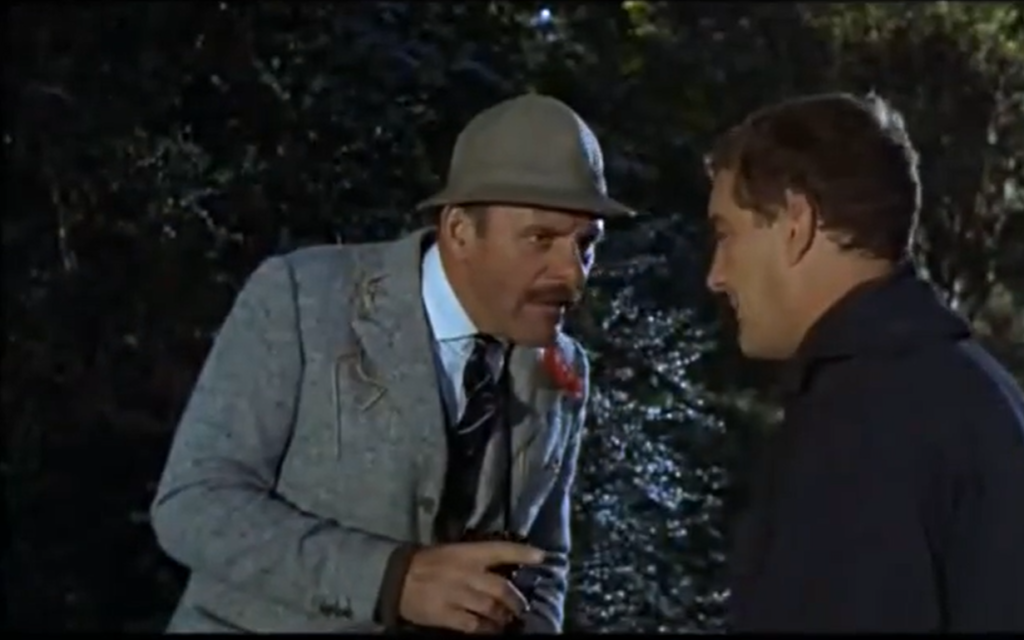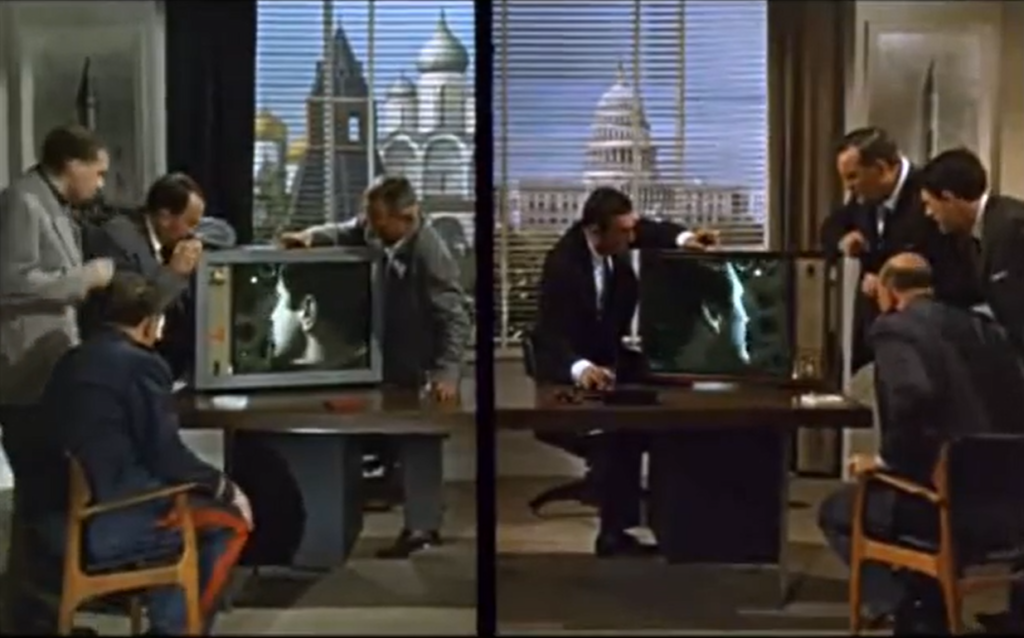|
Genres, Themes, Actors, and Directors:
- Black Comedy
- Jack Lemmon Films
- Living Nightmare
- Neil Simon Films
- New York City
- Sandy Dennis Films
Review:
Neil Simon wrote the original screenplay for this darkly absurdist comedy set in New York City, where anything that can go wrong will. Anybody who’s experienced travel challenges will surely relate to the travails of this naive midwestern couple, who quickly descend into a living nightmare that is nonetheless all too plausible.
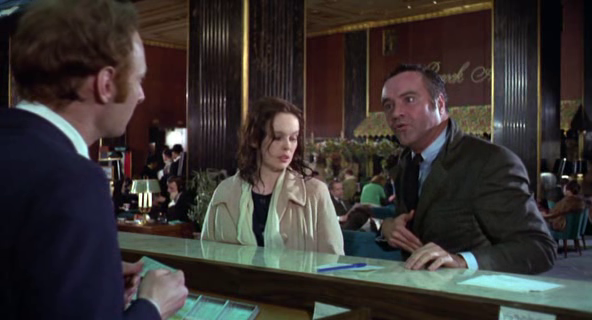
Most of the supporting characters they meet aren’t monstrous caricatures or criminals, but simply travel and hospitality employees trying to do the right thing; however, they’re each met with rude indignation from Lemmon, who shows his self-righteous nature from the very beginning. He harasses a stewardess (Ann Prentiss) for not being willing to make him coffee once they’ve started their landing pattern:
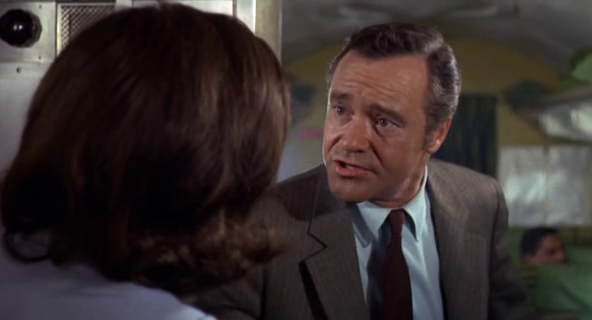
… chews out a baggage handler who can’t find their luggage:
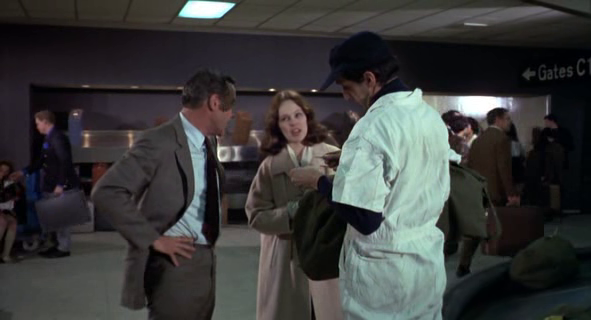
… mistreats a customer service agent at the airport:
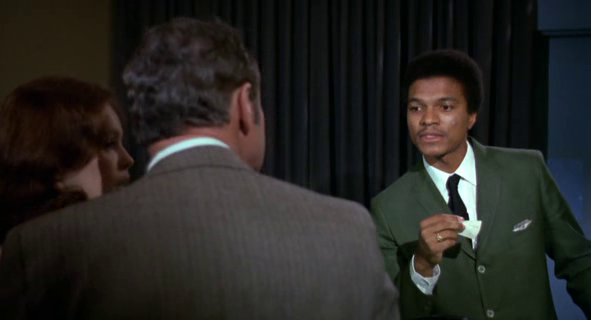
… and insists on exact change from a taxi driver who doesn’t have any.

After the couple land in Boston and finally make their way by train to NYC, they learn their room has been given to someone else — but rather than accept a reasonable offer to wait safely at the hotel until a different room is available, Lemmon subjects himself and his wife to increasingly risky maneuvers across the city.
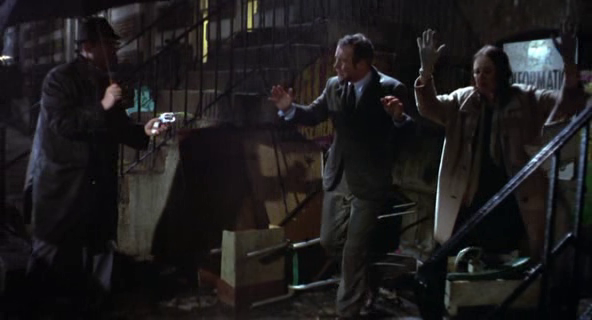
The events they endure are meant to be farcical, of course, and it’s easy enough to get caught up in the Kafka-esque narrative — but we also keep wishing entitled Lemmon would calm down already, take a breath, and recognize how foolhardy he sounds when he proclaims, “I can’t let everyone push me around forever; it’s gotta stop sometime!” Meanwhile, Dennis is a perfect foil for neurotic Lemmon:
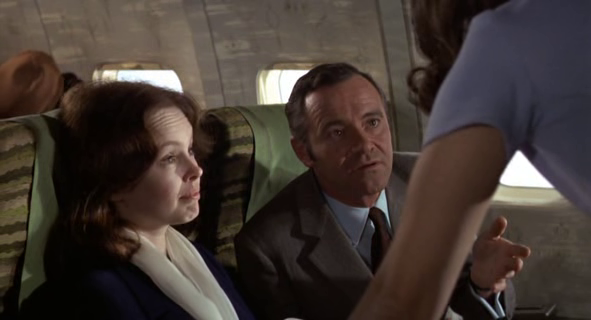
… showing exactly how to stay calm, get resourceful, and roll with the punches as needed; it’s too bad the final sequence doesn’t afford her some much-deserved comfort.
Notable Performances, Qualities, and Moments:
- Sandy Dennis as Gwen Kellerman

- Jack Lemmon as George Kellerman
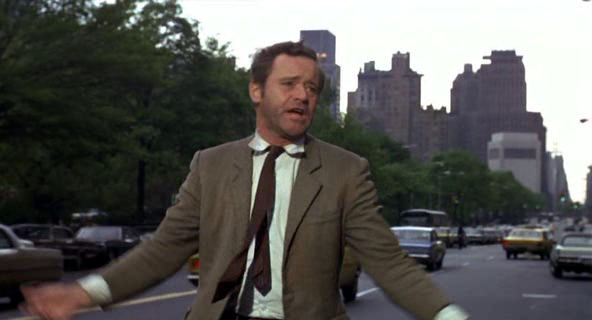
- Excellent use of authentic NYC locales
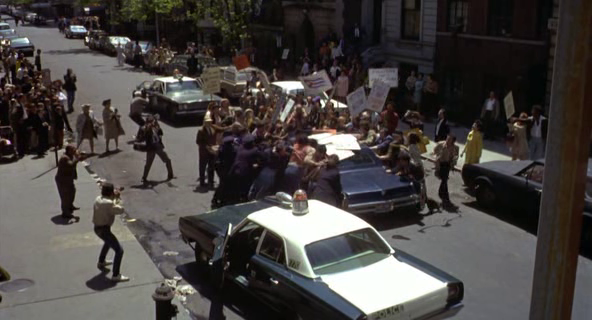
Must See?
No, but it’s recommended.
Links:
|
